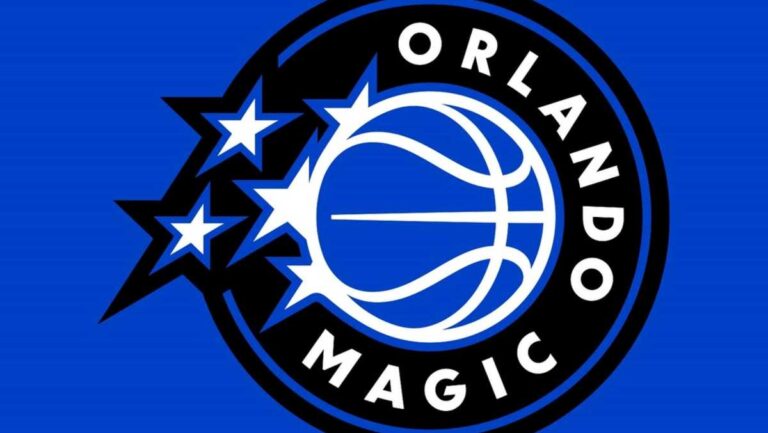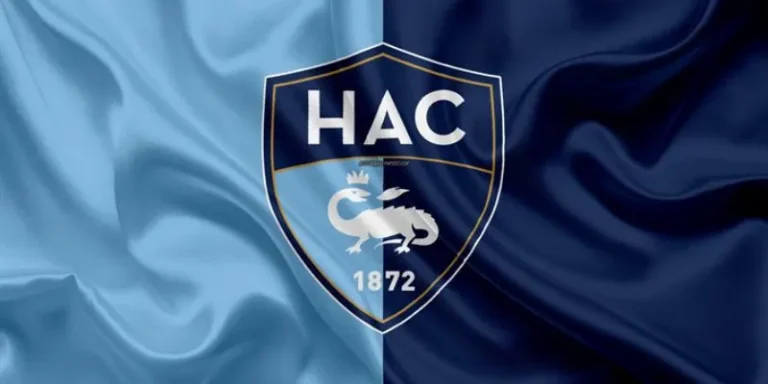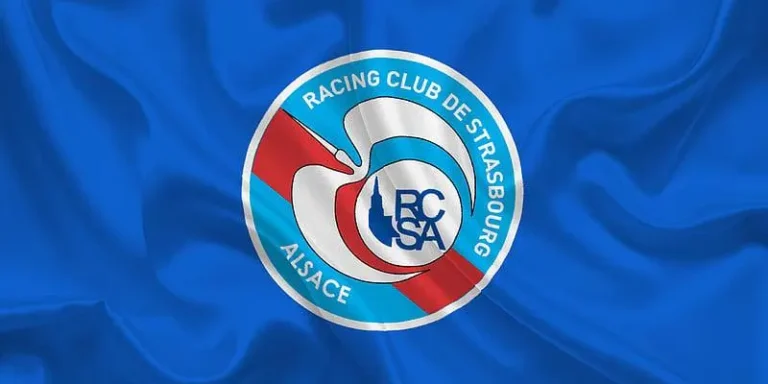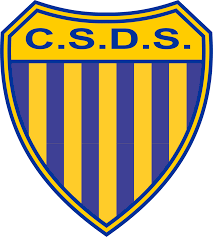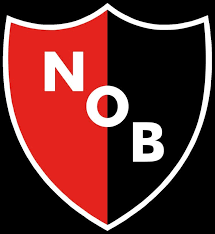
Newell's Old Boys FC
Welcome to a comprehensive exploration of Newell’s Old Boys FC, one of the most iconic football clubs in Argentina. Known for their passionate fan base, rich history, and development of talented players, Newell’s Old Boys FC continues to be a major force in South American football. This article delves into their origins, key achievements, legendary players, recent developments, and the club’s significance in Argentine and global football culture.
The Origins and Historical Development of Newell’s Old Boys FC
Understanding the foundation and evolution of Newell’s Old Boys FC offers insight into the club’s identity and enduring success. Founded in the city of Rosario in 1903, their journey is intertwined with local culture, Argentine football history, and the global evolution of the sport OK9 COOL.
The Foundation in Rosario and Early Years
The club was established by a group of young enthusiasts who sought to bring organized football to Rosario, a city steeped in footballing passion. The founders named the club after Isaac Newell, a British educator who played an influential role in promoting football within the local community. The club quickly garnered attention due to its innovative tactics and community engagement.
In their initial years, Newell’s Old Boys FC participated in local competitions, gradually building a reputation for disciplined play and resilience. The club’s early teams were characterized by a rough-and-tumble style, which reflected the working-class roots of Rosario. These foundational years laid the ground for the club’s later ascension and passionate fan culture.
Growth and Establishment in Argentine Football
By the 1910s and 1920s, Newell’s Old Boys FC had become a mainstay in Argentine football circuits. Their style of play matured, incorporating strategic innovations and attracting talented players from across the region. The club’s rivalry with other Rosario teams, especially Rosario Central, became a defining feature of its identity.
During this period, Newell’s established numerous youth development programs, recognizing that nurturing local talent was essential for sustained success. This focus on youth development would later become a hallmark of the club, producing legendary figures who would go on to make international impacts.
Impact of Socio-Political Factors on Club Development
Historical contexts such as political upheavals, economic challenges, and national sports reforms affected the trajectory of Newell’s Old Boys FC. Despite these hurdles, the club maintained a resilient spirit, often serving as a symbol of local pride and unity.
In times of adversity, the club’s fan base, known as Los Leprosos (The Lepers), displayed unwavering loyalty. This collective identity helped withstand various periods of instability, anchoring the club firmly in Argentine football lore.
Modern Era and International Recognition
Entering into more recent decades, Newell’s Old Boys FC expanded its influence beyond national borders. The club achieved notable success in domestic tournaments and garnered recognition for developing players who would excel internationally. These achievements bolstered their reputation, making them a key contributor to Argentine football excellence https://tomas.uk.net/.
Key Milestones in Club History
- First Argentine League Title (1951)
- Winning the Nacional Championship (1974)
- International success in Copa Libertadores (1992)
- Establishment as a prolific youth academy (2000s)
Newell’s Old Boys FC journey from local beginnings to international prominence exemplifies resilience, innovation, and a deep-rooted passion for the beautiful game.
